I’m sure you’ll remember the scene in Adam McKay’s masterwork Talladega Nights in which the dastardly (French) villain Jean Girard challenges our hero Ricky Bobby to name one thing of value that Americans have given the world. Ricky meets this challenge with “Chinese food,” “pizza,” and “chimichanga.” (Jean Girard defends France’s honor with “democracy,” “existentialism,” and various sex acts.)
As a proud American, I’ve often wondered how I might have answered, were I in Ricky Bobby’s shoes. Of course today I could just say “Talladega Nights.” That option wasn’t available to Ricky, blocked by fourth wall. One tempting answer might be that classic of Ivy Style, the penny loafer. But this isn’t quite right. The penny loafer was born in Norway.
But it does claim some American heritage. In 1891, Nils Tveranger, the eventual creator of the penny loafer, left his native Norway for Boston, Massachusetts. There he learned to make shoes, including the Native American moccasin. In 1894, he returned to Norway, set up shop as a shoemaker in the village of Aurland, and a few decades later, combined the American moccasin and a local Norwegian style to give birth to the penny loafer.
Aurlands still makes those Tveranger’s penny loafers today, still in the town of Aurland, in the longest running shoe factory in Norway. Here’s how they do it.
Once you’ve selected a leather, you find the pattern you need and cut out the pieces:
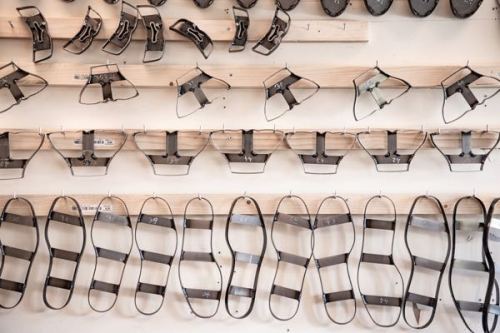
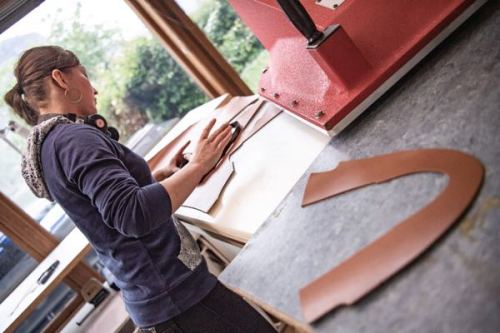
Next you sew the pieces of leather together to make the upper:
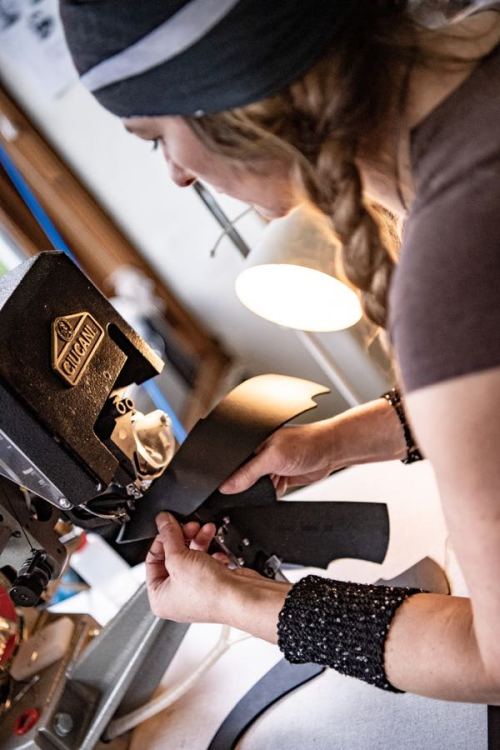
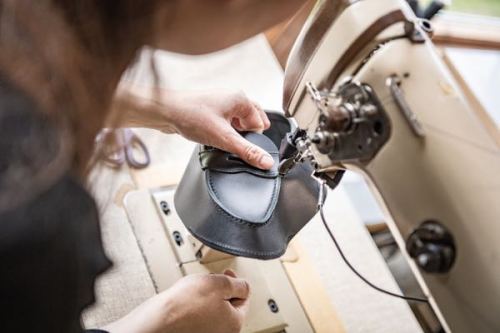
Then you put the upper on the last and leave it for a while to round into form:
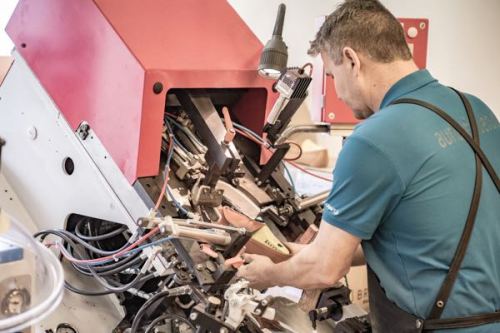
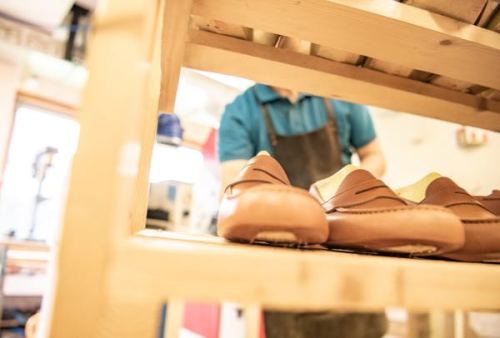
Then attach the heel and sew on the sole:
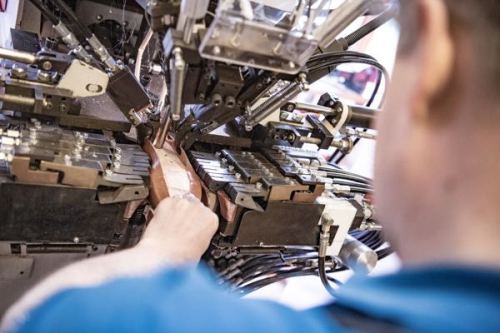
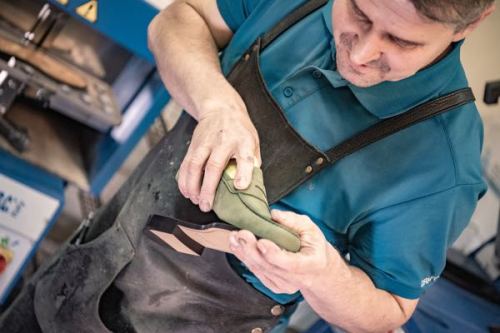
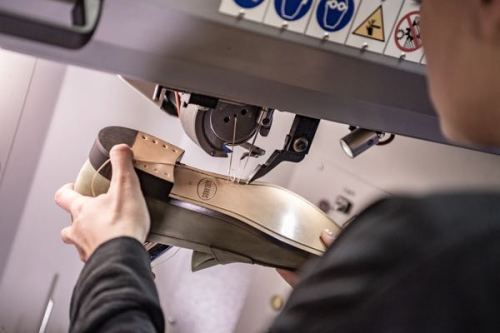
Then you’ve got yourself an Aurlands penny loafer:
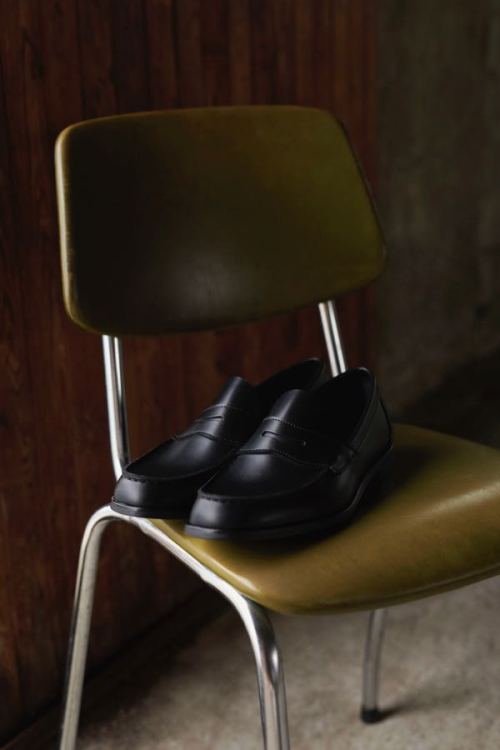
Quite a cultural achievement. I’ll certainly take it over existentialism. Might even put it up there with Talladega Nights.